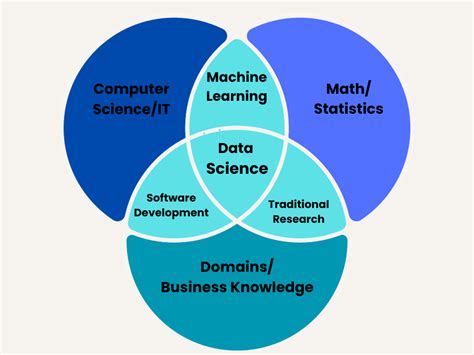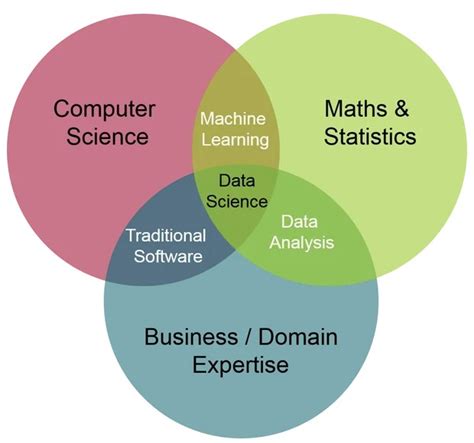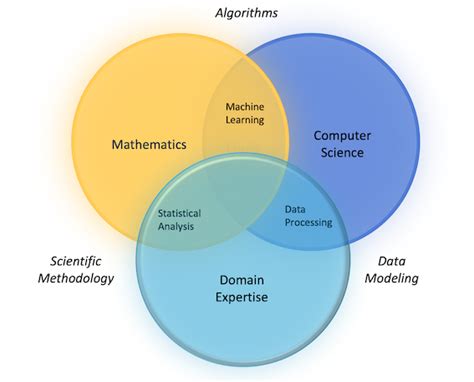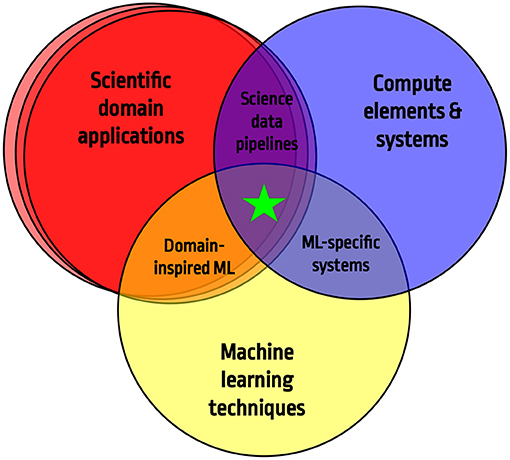In the rapidly evolving field of quantum computing, D-Wave Systems stands out for its pioneering advancements and innovative approaches. Established as a trailblazer in quantum technology, D-Wave’s mission is to harness the power of quantum mechanics to solve complex problems beyond the reach of classical computers. This article delves into D-Wave’s latest breakthroughs, highlighting their cutting-edge quantum annealers and the transformative potential of their technology. We will explore key innovations, diverse applications, and strategic partnerships that underscore D-Wave’s influence in the quantum computing landscape. Additionally, we’ll examine their competitive position and future goals, shedding light on the impacts and potential challenges that lie ahead for this visionary company.
hotelfiler.com invites you to explore this topic thoroughly.
1. Overview of D-Wave Systems: Company Background and Mission
D-Wave Systems, founded in 1999, is a pioneering company in the field of quantum computing, recognized for its development of quantum annealers. The company’s mission is to leverage quantum mechanics to address complex computational problems that classical computers struggle to solve. Based in Burnaby, Canada, D-Wave has been at the forefront of commercial quantum computing, offering the world’s first commercially available quantum computer. Their technology aims to deliver solutions that enhance optimization, machine learning, and data analysis across various industries. By focusing on practical applications of quantum computing, D-Wave seeks to accelerate advancements in solving real-world problems and drive innovation in fields ranging from logistics to artificial intelligence. Their commitment to advancing quantum technology and its applications underscores their role as a leader in this

2. Recent Advances in D-Wave’s Quantum Computing Technology
D-Wave Systems has recently made significant strides in quantum computing technology, further solidifying its position as a leader in the field. Their latest advancements include the introduction of the Advantage™ quantum system, which features over 7,000 qubits and a groundbreaking quantum annealing architecture. This system represents a substantial leap from previous models, offering enhanced computational power and efficiency.
The Advantage™ system incorporates innovations such as improved qubit connectivity and higher operational precision, which enhance its ability to tackle complex optimization problems and drive more accurate solutions. Additionally, D-Wave has expanded its software offerings, including new tools and libraries designed to streamline the development and deployment of quantum applications. These advancements not only increase the practical utility of quantum computing but also make it more accessible to a broader range of industries and research fields.
D-Wave’s efforts extend beyond hardware improvements, with significant progress in quantum software development. Their new quantum programming tools and cloud-based services facilitate easier integration of quantum computing into existing workflows. These recent developments highlight D-Wave’s ongoing commitment to pushing the boundaries of quantum technology and its pot

3. Key Innovations in D-Wave’s Quantum Annealers
D-Wave’s quantum annealers have introduced several key innovations that set them apart in the quantum computing landscape. A major advancement is the introduction of the Advantage™ quantum system, which boasts over 7,000 qubits, significantly enhancing computational capacity. This system employs a new quantum annealing architecture that improves qubit connectivity, allowing for more complex problem-solving and more efficient processing.
Another crucial innovation is the development of the quantum processing unit (QPU) with increased precision and stability. This advancement reduces error rates and improves the reliability of computations, making the quantum annealers more practical for real-world applications. D-Wave has also made strides in integrating classical and quantum computing, enabling hybrid algorithms that leverage the strengths of both paradigms to address intricate problems more effectively.
The company has enhanced its quantum annealers with advanced quantum software and optimization tools. These tools simplify the development and deployment of quantum algorithms, making it easier for researchers and businesses to implement quantum solutions. Together, these innovations represent D-Wave’s commitment to advancing quantum annealing technology and expanding its practical applications across

4. Applications and Use Cases of D-Wave’s Quantum Computing
D-Wave’s quantum computing technology has a diverse range of applications and use cases, showcasing its potential to transform various industries. One notable application is in optimization problems, where D-Wave’s quantum annealers excel at finding optimal solutions for complex scenarios such as supply chain logistics and financial portfolio management. These capabilities enable businesses to optimize operations and make more informed decisions.
In the field of artificial intelligence, D-Wave’s quantum systems are used to enhance machine learning algorithms, improving their ability to analyze large datasets and identify patterns more efficiently. This can lead to advancements in areas like predictive analytics and natural language processing.
Additionally, D-Wave’s technology is making waves in drug discovery and material science. Quantum annealers can model complex molecular structures and interactions, accelerating the identification of new drugs and materials with specific properties.
These diverse applications highlight D-Wave’s quantum computing technology’s versatility and its potential to drive innovation and efficiency across a wide range of industries.
5. Collaborative Projects and Partnerships
D-Wave Systems has actively pursued collaborative projects and partnerships to advance its quantum computing technology and broaden its impact. Notable collaborations include partnerships with leading technology companies and research institutions. For instance, D-Wave has teamed up with Google and NASA on projects aimed at exploring the practical applications of quantum computing. These partnerships have facilitated joint research initiatives and contributed to the development of new quantum algorithms and applications.
D-Wave also collaborates with academic institutions to advance quantum research and education. Partnerships with universities such as the University of California, Santa Barbara, and the University of Toronto help drive innovation and foster the next generation of quantum scientists and engineers. These academic collaborations often involve joint research projects, educational programs, and technology development.
Furthermore, D-Wave has established alliances with industry leaders to integrate its quantum computing technology into practical business solutions. Collaborations with companies like Volkswagen and Lockheed Martin focus on applying quantum annealing to real-world problems, such as optimizing automotive manufacturing processes and aerospace operations. These strategic partnerships enhance D-Wave’s ability to push the boundaries of quantum technology and demonstrate its practical benefits acros
6. Competitive Position in the Quantum Computing Market
D-Wave Systems holds a distinctive competitive position in the quantum computing market, thanks to its pioneering advancements and specialized technology. As a leader in quantum annealing, D-Wave differentiates itself from competitors who focus primarily on gate-based quantum computing. The company’s focus on quantum annealing addresses optimization problems that are challenging for classical computers, giving it a unique edge in certain applications.
D-Wave’s Advantage™ quantum system, with its more than 7,000 qubits, represents a significant leap in quantum computing capacity and performance. This advancement strengthens D-Wave’s competitive stance, particularly in solving complex optimization and machine learning problems that are increasingly relevant across industries.
In addition to its hardware innovations, D-Wave’s comprehensive approach includes robust quantum software and development tools, making its technology more accessible and practical for real-world applications. This holistic approach enhances its market position by providing end-to-end solutions that integrate quantum computing into existing workflows.
D-Wave also benefits from strategic collaborations with leading tech companies, academic institutions, and industry giants, further solidifying its position in the market. These partnerships not only validate D-Wave’s technology but also expand its reach and influence across various sectors.
Despite competition from other quantum computing firms focusing on different technologies, D-Wave’s specialized expertise in quantum annealing and its strategic initiatives ensure its continued leadership and in
7. D-Wave’s Contributions to Quantum Software and Development Tools
D-Wave Systems has made significant contributions to the development of quantum software and tools, enhancing the practical applications of its quantum computing technology. The company provides a suite of quantum programming tools and libraries designed to facilitate the creation and deployment of quantum algorithms. These tools include the Ocean software development kit, which simplifies the process of building and running quantum applications on D-Wave’s systems.
The Ocean SDK features a range of libraries and APIs that allow developers to integrate quantum computing into their existing workflows and tackle complex optimization problems more efficiently. Additionally, D-Wave offers cloud-based access to its quantum systems, enabling users to leverage quantum computing power without requiring in-depth hardware expertise.
These contributions not only advance the field of quantum computing but also make the technology more accessible to a wider audience, from researchers and developers to businesses looking to harness q
8. Analysis of D-Wave’s Quantum Computing Roadmap and Future Goals
D-Wave Systems’ quantum computing roadmap outlines ambitious goals for advancing technology and expanding its impact. The company’s future plans focus on scaling its quantum systems, with a vision to significantly increase qubit count and connectivity in upcoming iterations. This will enhance the computational power and capability of D-Wave’s quantum annealers, allowing them to solve even more complex problems.
In addition to hardware advancements, D-Wave is committed to further developing its quantum software and development tools. Future goals include refining the Ocean software development kit and integrating more sophisticated quantum algorithms to address a broader range of applications. This ongoing improvement aims to make quantum computing more practical and accessible for various industries.
D-Wave also plans to strengthen its collaborative efforts and partnerships, fostering relationships with academic institutions, technology companies, and industry leaders. These collaborations are expected to drive innovation and accelerate the adoption of quantum computing solutions.
Overall, D-Wave’s roadmap reflects its dedication to pushing the boundaries of quantum technology, addressing current limitations, and positioning itself as a leader in the quantum computing field.
9. Impacts and Potential Challenges of D-Wave’
D-Wave Systems’ advancements in quantum computing have significant impacts and present several potential challenges. The company’s quantum annealers have revolutionized how complex optimization problems are approached, offering solutions that are often more efficient than classical methods. This can lead to improved efficiencies in industries such as logistics, finance, and healthcare, where optimization plays a crucial role.
However, there are challenges associated with D-Wave’s technology. One major challenge is the scalability of quantum systems. While the Advantage™ system represents a significant leap, increasing qubit count and maintaining performance as systems scale remains a complex task. Additionally, quantum annealing, though powerful, is just one approach within the broader quantum computing landscape, which means D-Wave must continually innovate to stay ahead of competitors exploring different quantum technologies.
Another challenge is ensuring practical applicability and integration of quantum solutions into real-world scenarios. As quantum computing technology evolves, there is a need for ongoing development of quantum algorithms and software to fully leverage the potential of D-Wave’s systems.
Lastly, the broader adoption of quantum computing will require overcoming technical and financial barriers, including high costs and the need for specialized expertise. Addressing these challenges will be crucial for D-Wave to maintain its leadership and drive future success in the quantum computing market.
D-Wave Systems continues to lead the quantum computing frontier with its innovative advancements and strategic initiatives. From their pioneering quantum annealers to impactful collaborations and comprehensive software tools, D-Wave is pushing the boundaries of what quantum technology can achieve. While challenges such as scalability and practical integration remain, the company’s commitment to advancing quantum computing promises transformative solutions across various industries. As D-Wave moves forward, its contributions will be pivotal in shaping the fut
hotelfiler.com
